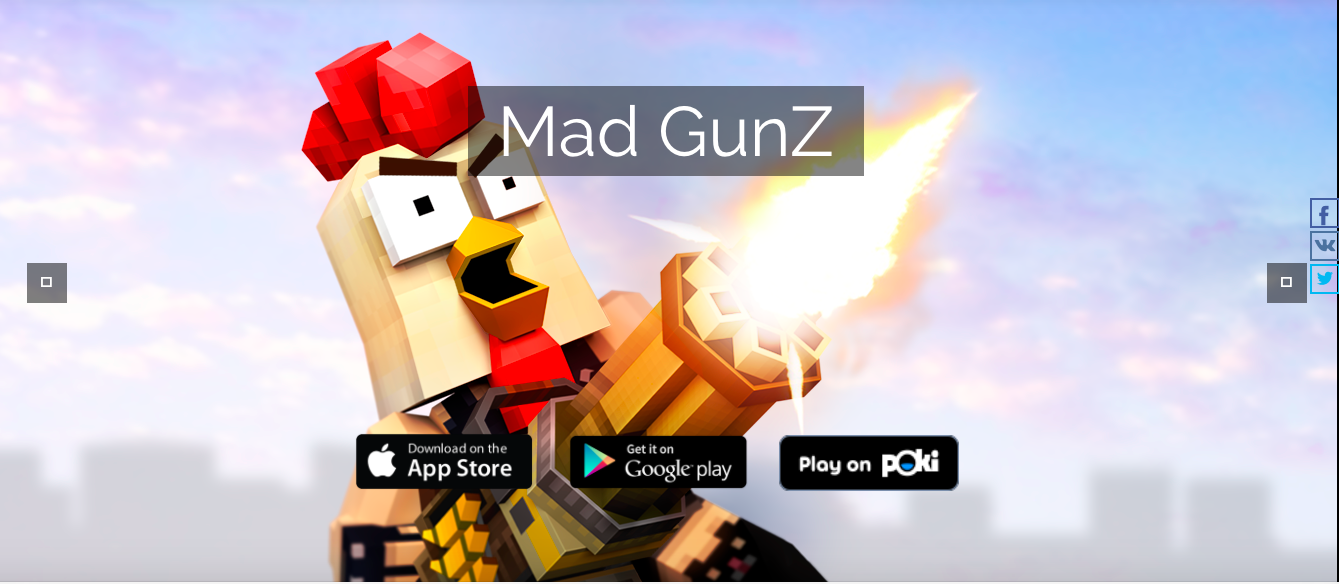By Murad Musakaev, Project and Business Development Manager, Full HP Ltd.
Have you ever tried to increase your userbase with UA campaigns but the only metric that grew was churn rate? I certainly have. Full HP (formerly Fahrenheit Lab) was founded in 2015 and survived thanks to its compelling ASO team. But 2019 was a big year for the studio as we increased our revenue by 240% and significantly boosted the retention of our projects. Step-by-step we understood, that stable growth is sustained by a combination of game design elements that retain users, ASO, and meaningful UA.
When I get questions about our approach to growth, retention and engagement, I always think of Bill Belichick. He won six Super Bowls by utilizing the strategy “throw to score, run to win” which means that you can’t just have a strong running game or only be able to throw the ball. Applying this to the mobile industry, the saying might be something like “UA to score, retain to win.” A lot of developers ignore retention metrics and try to solve their problems by purchasing even more traffic. Unsurprisingly, that doesn’t work. Leaky buckets don’t need more water; they need their holes to be fixed.
The loyalty indicator
Let’s get to the retention metric, the indicator of loyalty. It shows how many users that installed your app continue to use it after a specific period of time: usually, we use Day 1, Day 7 and Day 30 retention but it depends on the product (e.g. strategy games can use Day 80 retention). This metric shows how loyal your players are and lets you know if your project has any growth capacity. So, should you focus on retention first? Well, yes, but actually no.
I think growth and retention are two inseparable parts of a whole, much like Yin and Yang. Growth is driven by marketing activities while retention depends on game design elements like a well-balanced tutorial. But retention also depends on traffic structure—the more quality traffic results in more engaged players. One of the best ways to grow your audience with high-quality traffic is word of mouth and recommendations. That’s why we track users from Search and Explore categories on Google Play—they form a more relevant community than users from ad campaigns.
Optimize your app store performance
This brings me to another tip: Improve your app store optimization. Our ASO allows Mad GunZ to appear more often in the Similar Apps card on Google Play. so when a player has had enough of his favorite game and wants to try something new with similar mechanics, he goes to Similar Apps and finds Full HP’s games. Our game Mad GunZ got 400,000 completely free organic installs on Google Play and it has a stable D1 retention rate of 38%. One of the keys to high engagement is to shoot for your target audience from the start.

When we talk about organics, ask yourself, “How do I acquire engaged users?” instead of “How do I engage my current audience?” The answer will be: “Acquire relevant users.”
Here is a simple example: On one hand, we have our users who, for instance, are looking for a pixel shooter game with a battle royale mode. And that is exactly what they will get when they download our game. On the other hand, we have users who responded to a misleading video ad with puzzle gameplay while the game itself can be real-time strategy without any puzzle elements at all. Which category of users will show better retention metrics? I believe it’s the first one because it consists of the most relevant players.
We’ve never used misleading ads to directly compare it with organic installs but when we’ve run Blocky Cars ad campaign with a video trailer. The acquired users retained worse than the organic ones (33% D1 retention instead of 37%). My gut tells me that when a player sees an advertisement he creates some expectations that your app may fail to meet. When a user searches for the app he takes the time to look into your game more carefully. It’s more about predicting users’ behavior than about strict comparison of two methods.
Besides a good tutorial, game design tricks, and viral ads you need to engage the most relevant users from the start. If you don’t, the traffic you acquire will be only slightly better than fraudulent bots.
Prioritize quality users over quantity
Still, if you acquire traffic through paid sources, try to engage users from the beginning, address your creatives to a particular audience and try to experiment with the creatives. At Full HP, every project starts with organic growth driven by ASO, social media, and influencers. But to boost the growth you have to build on that basis and acquire new users in a smart and meaningful way. Try to engage users from the beginning, address your creatives to a particular audience, and experiment with the creatives.
For instance, we’ve launched the ad campaign on Google Play with video banners and text ads. We continued experimenting with formats and it turned out that text ads can hit two birds with one stone. Your game appears in the top of the search list in the app store and after users click your link the store will give you a better position regarding that specific search request.
At first, we had simple text: “Play our game, it’s cool.” It worked fine but I had a feeling that we could do even better. Then I changed the texts to more provocative phrases with keywords like “94% of people can’t win in this Battle Royale shooter!” and it performed 22% better. Use A/B testing everywhere you can and remember to keep in mind regional specifics because tricks that worked for one country may not work in others.
When you are trying to grow your app, don’t underestimate the importance of retention rate. The most significant churn happens during the first two days after players install your app so it’s important to analyze user’s behavior and traffic sources from the start. Try to start with free and relevant organic sources and when you buy traffic always aim for the quality over quantity. Many developers try to save and not to earn. It’s ok to buy cheap traffic and keep players for a few days for hyper-casual titles and you are sure that player brings you enough revenue over a short period to justify the cost of acquiring him in the first place. But when we are talking about games as a service, or software as a service, it’s better to acquire fewer users but ensure that they are the most relevant ones. Because such users retain better, become more loyal, and more likely to pay.
Murad Musakaev is Project and Business Development Manager at Full HP Ltd. He will be speaking at MGS Global Virtual Conference 1.0.
{{cta(‘6a18e9f2-6676-43d4-861e-db404a039656’)}}





 0
0



